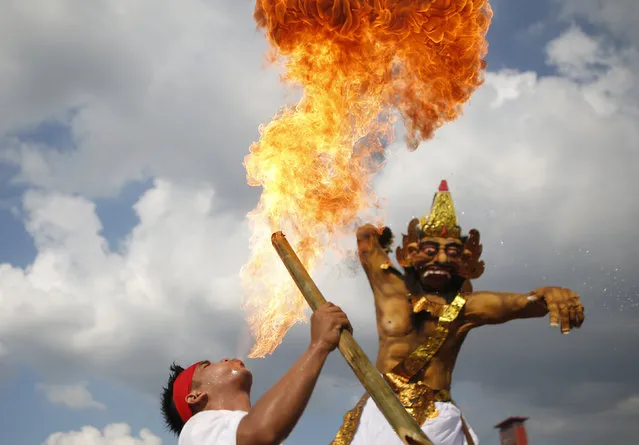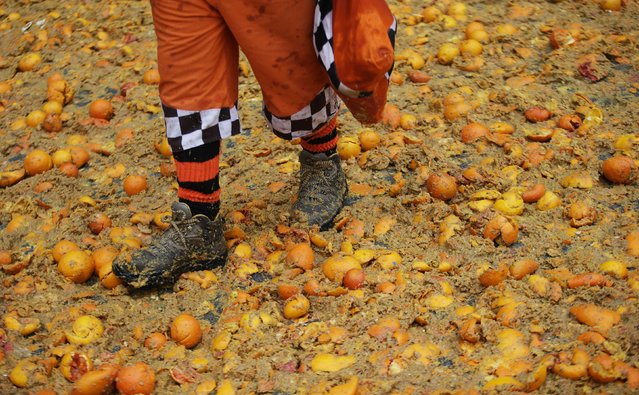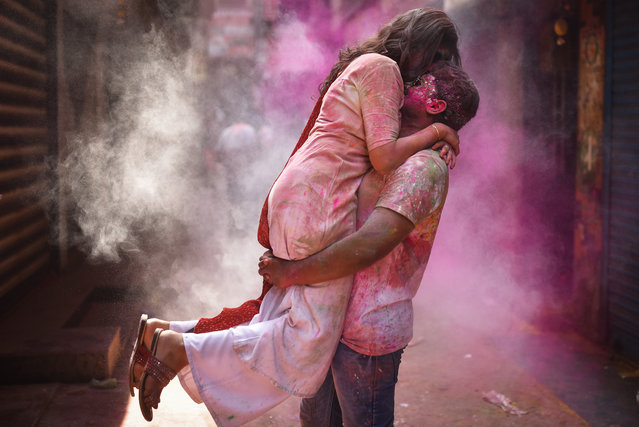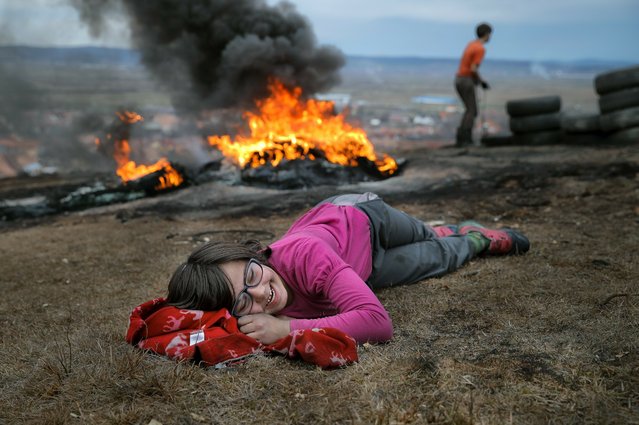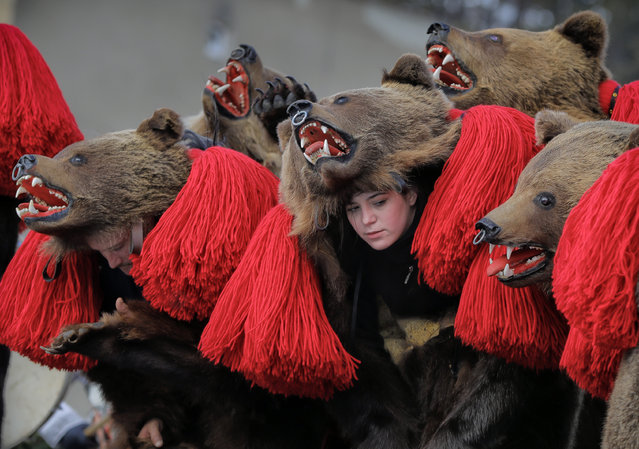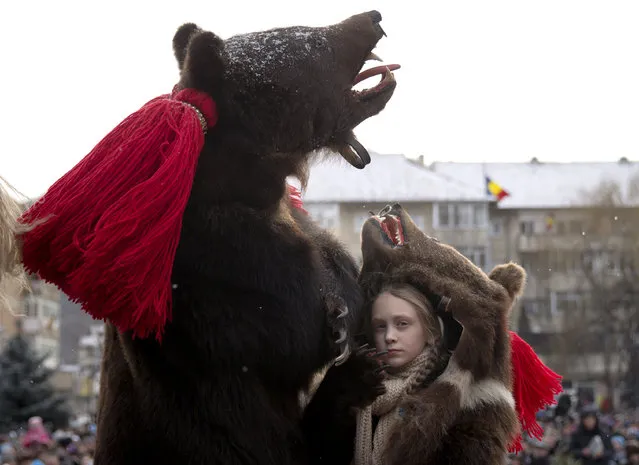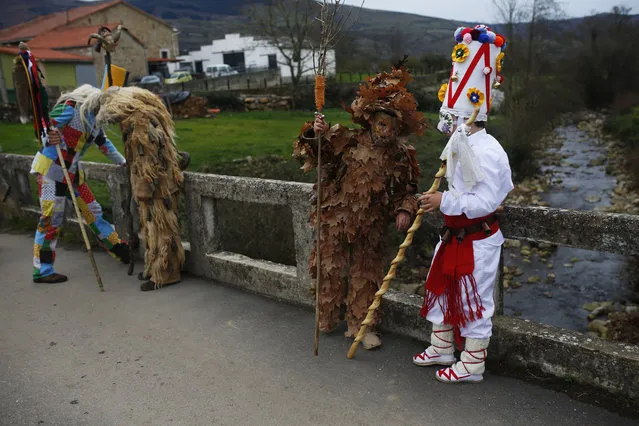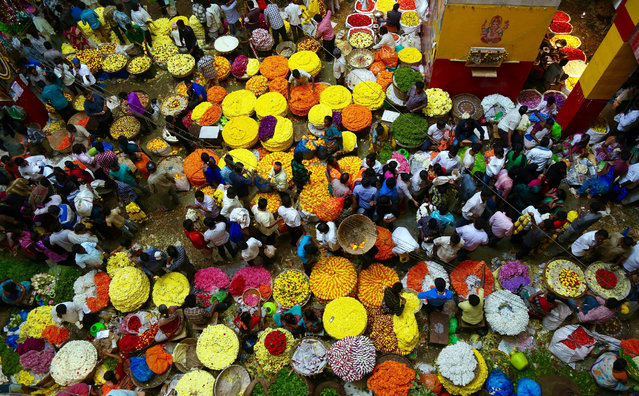
Visitors buy flowers at a flower market on the eve of Hindu goddess Durga Puja festival in Bangalore, India, 10 October 2016. The nine-day Hindu festival celebrates the killing of a demon king by the Goddess Durga representing the victory of good over evil and ends with colourful celebrations all over the country. Navratri festival runs from 03 to 11 October. (Photo by Jagadeesh N.V./EPA)
29 Oct 2016 11:39:00,post received
0 comments

